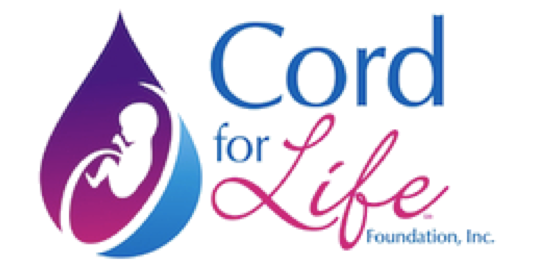What is Umbilical Cord Blood?
Umbilical cord blood is a unique type of blood, only available for collection immediately after childbirth. Unlike mature blood, umbilical cord blood contains high numbers of stem cells that were used to create life. Known as hematopoietic stem cells (HSCs), these cells can be programmed by the body to become any type of blood component, including red blood cells, white blood cells, and platelets.
Umbilical cord blood stem cells can be collected immediately after childbirth and processed to isolate and cryogenically preserve the HSCs for potential future medical use. If needed, stored stem cells from umbilical cord blood can be thawed and transfused into the bloodstream to regenerate the immune system.
LATEST ARTICLES
So much research is going on with stem cells from cord blood as scientists work to unlock the secrets of stem cells. Much of the research centers on the anti-inflammatory properties of stem cells from umbilical cord blood. Medical research into stem cells is ongoing, offering the potential to treat diseases or injuries that have […]
Stem cells perform three important functions: 1. They renew themselves; 2. Differentiate into other cells; and 3. Renew other cells. Hematopoietic stem cells (HSCs) can restore the immune system following chemotherapy or radiation for leukemia, lymphoma, and other life-threatening diseases. Historically, HSCs have only been available from bone marrow and peripheral blood transplants. As cord […]
In addition to potentially life-saving stem cells, your newborn’s umbilical cord blood also contains their DNA. Storing your child’s cord blood ensures that their baseline genetic information will be available if ever needed. What Can Genes Tell Us? The sum total of all the information coded into your child’s individual genes is their genome. Simply […]
Donate Cord Blood
By donating your newborn’s cord blood, you are joining a nationwide effort to create a genetically diverse inventory of stem cells for transplant to a child.




